How?
Regeneration in a rural region should integrate practices that preserve the environment and natural resources, and stimulate economic growth and long-term social well-being, such as:
Community Engagement
Responsible Infrastructure
Natural Resource Management
Circular Economy
Education and Training
Regenerative Agriculture
Monitoring and Evaluation
Community Engagement
Foster pride of place by involving local residents in decision-making processes and honor their knowledge and encourage their participation and leadership in sustainability and regeneration initiatives.
Responsible Infrastructure
Use of clean and sustainable materials responsible technologies, such as renewable energy sources, watershed management, green building design and materials, among others.
Natural Resource Management
Implement strategies for responsible management of natural resources, including water, landscapes and wildlife habitats, to ensure their long-term viability and ecosystem services.
Circular Economy
Support the growth of local businesses that prioritize local employment, sustainability and regeneration, such as eco-tourism, renewable energy production, waste minimization and re-use, and value-added agricultural products.
Education and Training
Provide training programs and educational opportunities focused on sustainable and regenerative practices, entrepreneurship, and green technologies to equip residents with the skills needed for a thriving local economy.
Regenerative Agriculture
Agricultural practices that enhance soil health, biodiversity, water conservation, and create more diverse food sources. This helps ensure a more sustainable food production and revitalizes rural landscapes.
Monitoring and Evaluation
Establish mechanisms for monitoring and reporting on progress towards sustainability goals and evaluating the effectiveness of regeneration projects, allowing for adaptive management and continuous improvement.
See LegacyWorks Group’s “Elements of Regenerative Development Projects” draft for discussion here.
See the Initiative’s 5 core themes to catalyze regeneration in the East Cape.
LegacyWorks Group is currently advising three pioneering regenerative and sustainable development projects in Mexico:
Xala
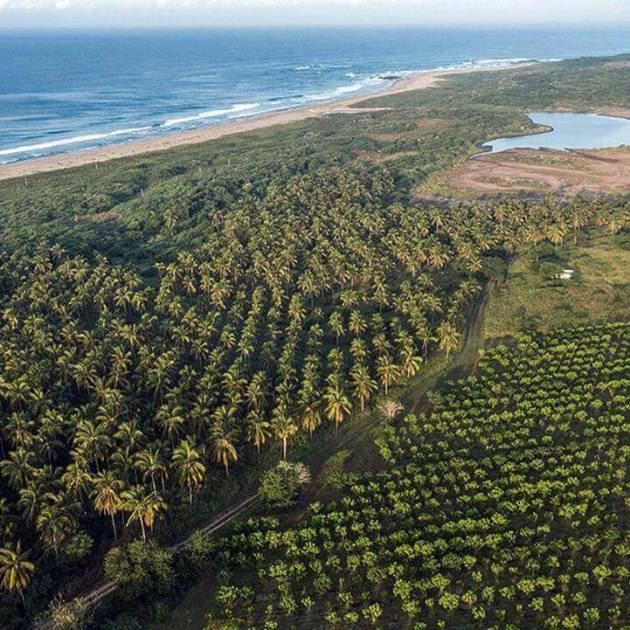
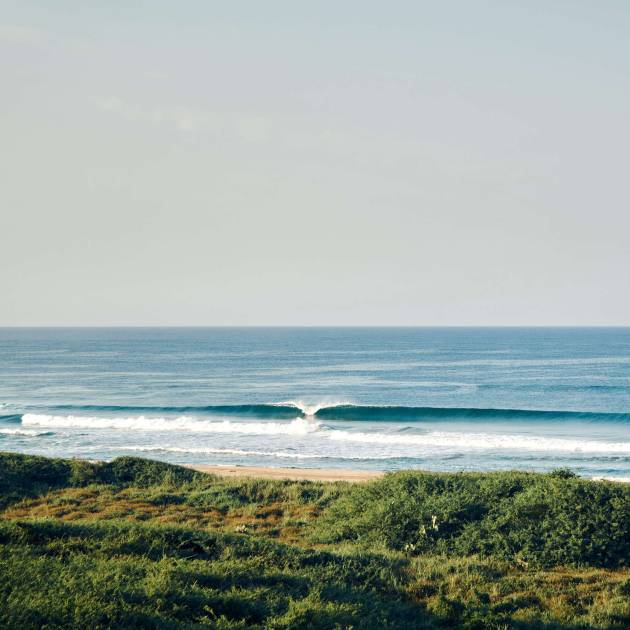
Advising Xala in a destination-scale, community based regeneration effort called Costalegre Sierra a Mar.
Playa Viva
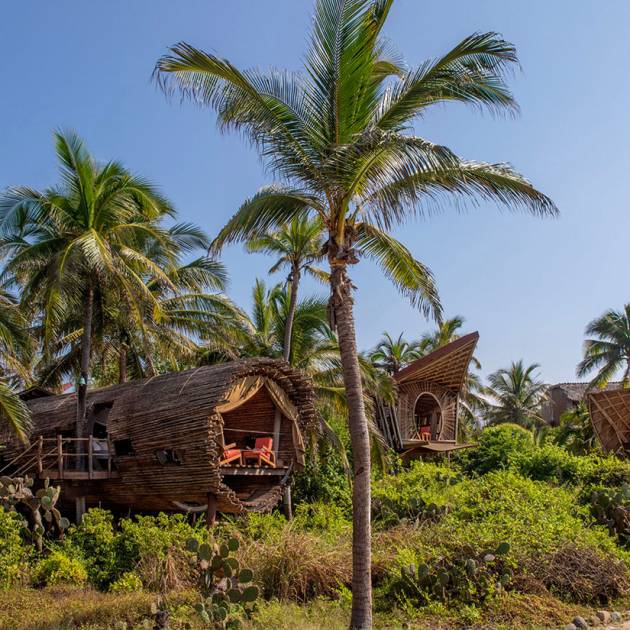
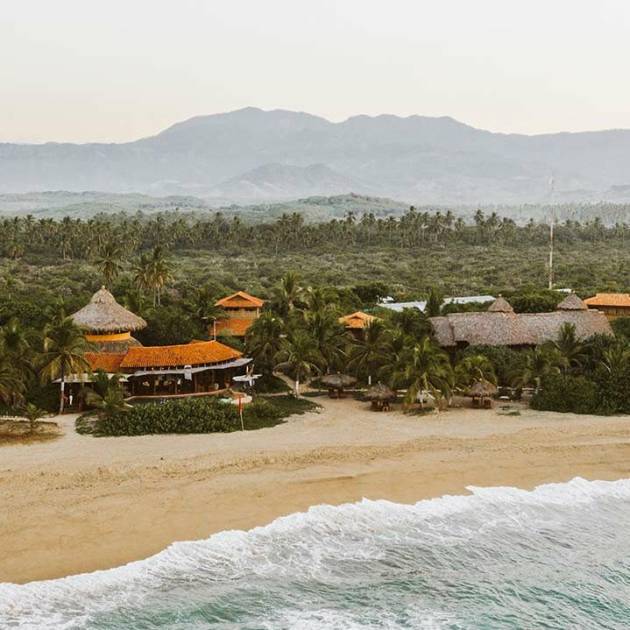
A regenerative, certified B-Corp hotel in Guerrero. Pioneering a robust model for community and watershed regeneration called ReSiMar.
Punta Zicatela, Manialtepec
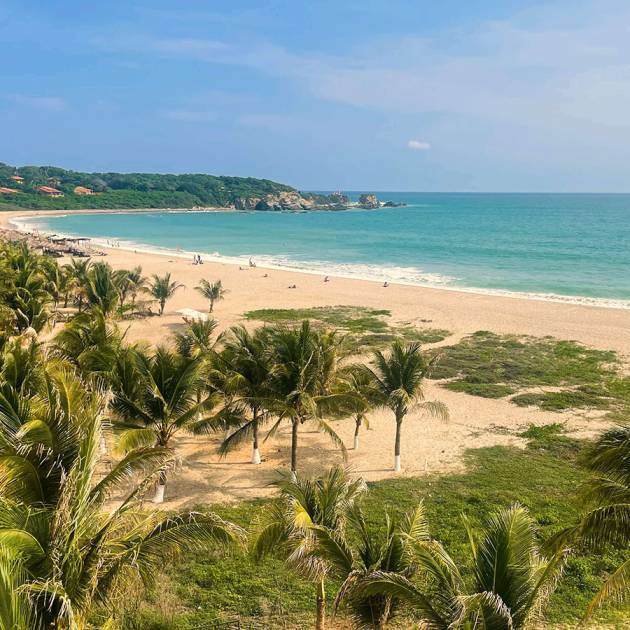
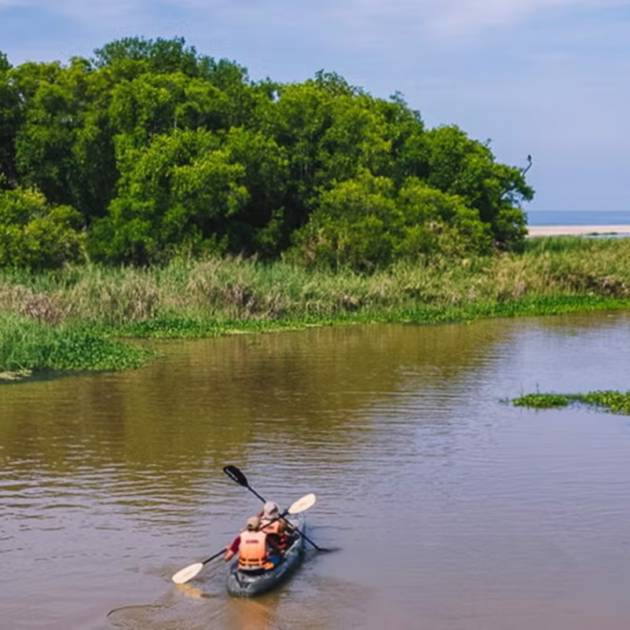
The Punta Zicatela Ecological Community coastal development in Puerto Escondido, Oaxaca, promotes the comprehensive watershed regeneration project called “Regenerando Manialtepec”.
Innovative models around the world:
Fogo Island
Twin Farms
Finca Bellavista
Serenbe
Playa Viva
Fogo Island

Located off the coast of Newfoundland, Canada, has implemented a unique regenerative development model focused on cultural preservation, economic revitalization, and environmental sustainability.
Twin Farms

Located in Vermont, USA, iis a luxury 300 acre. The resort incorporates regenerative practices such as organic gardening, renewable energy, and waste reduction. Also offers outdoor activities such as hiking, fly-fishing, and snowshoeing.
Finca Bellavista

A sustainable treehouse community nestled in the rainforests of Costa Rica. The community is powered by renewable energy sources such as solar and hydroelectric power and utilizes composting toilets and rainwater harvesting systems. Residents and guests can participate in conservation activities and sustainable living practices.
Serenbe

Agri-community located in the Chattahoochee Hill Country of Georgia. The community prioritizes sustainability, organic farming, and environmental conservation. Offering amenities and activities focused on wellness, nature, and art.
Playa Viva

